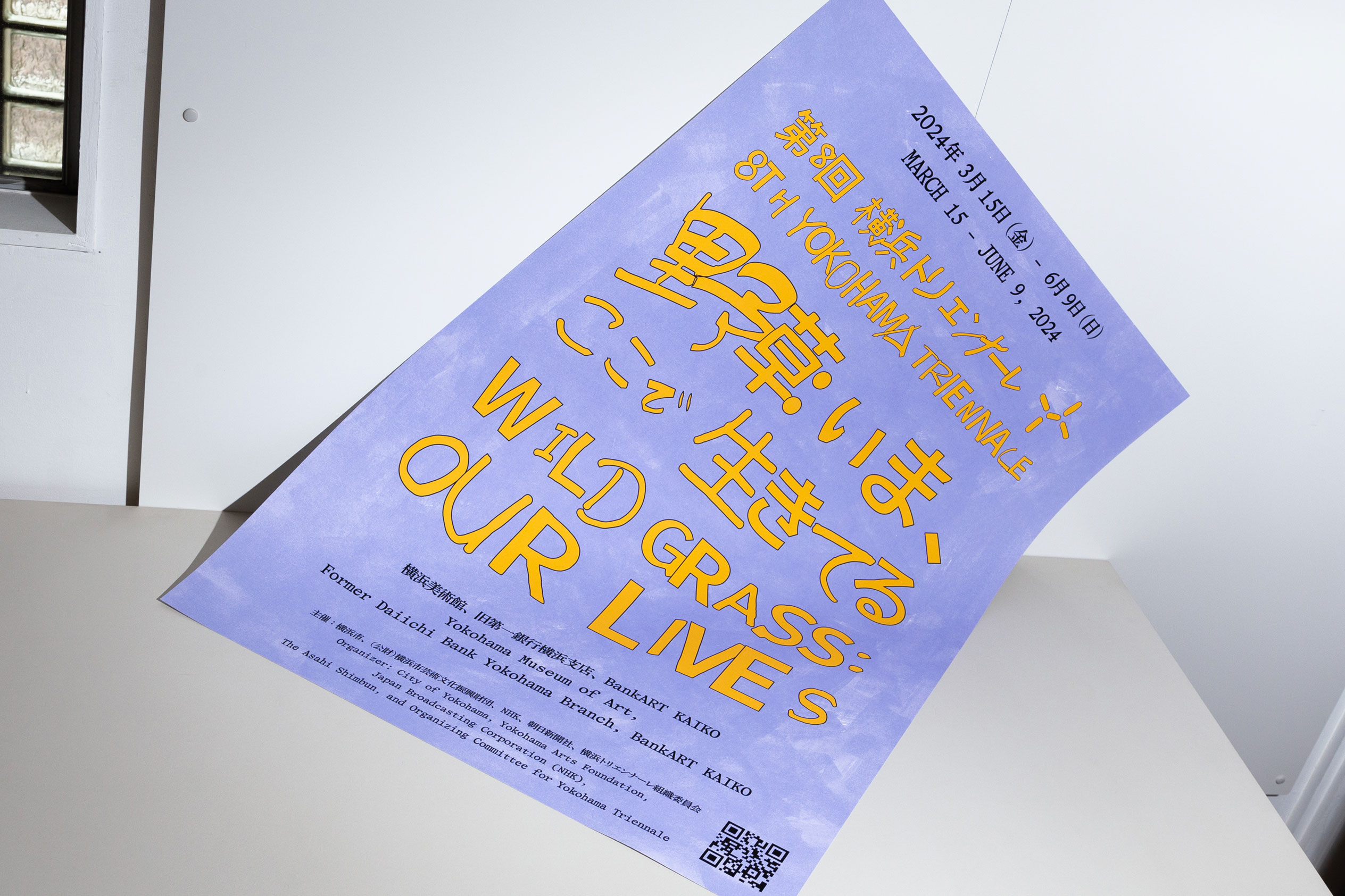
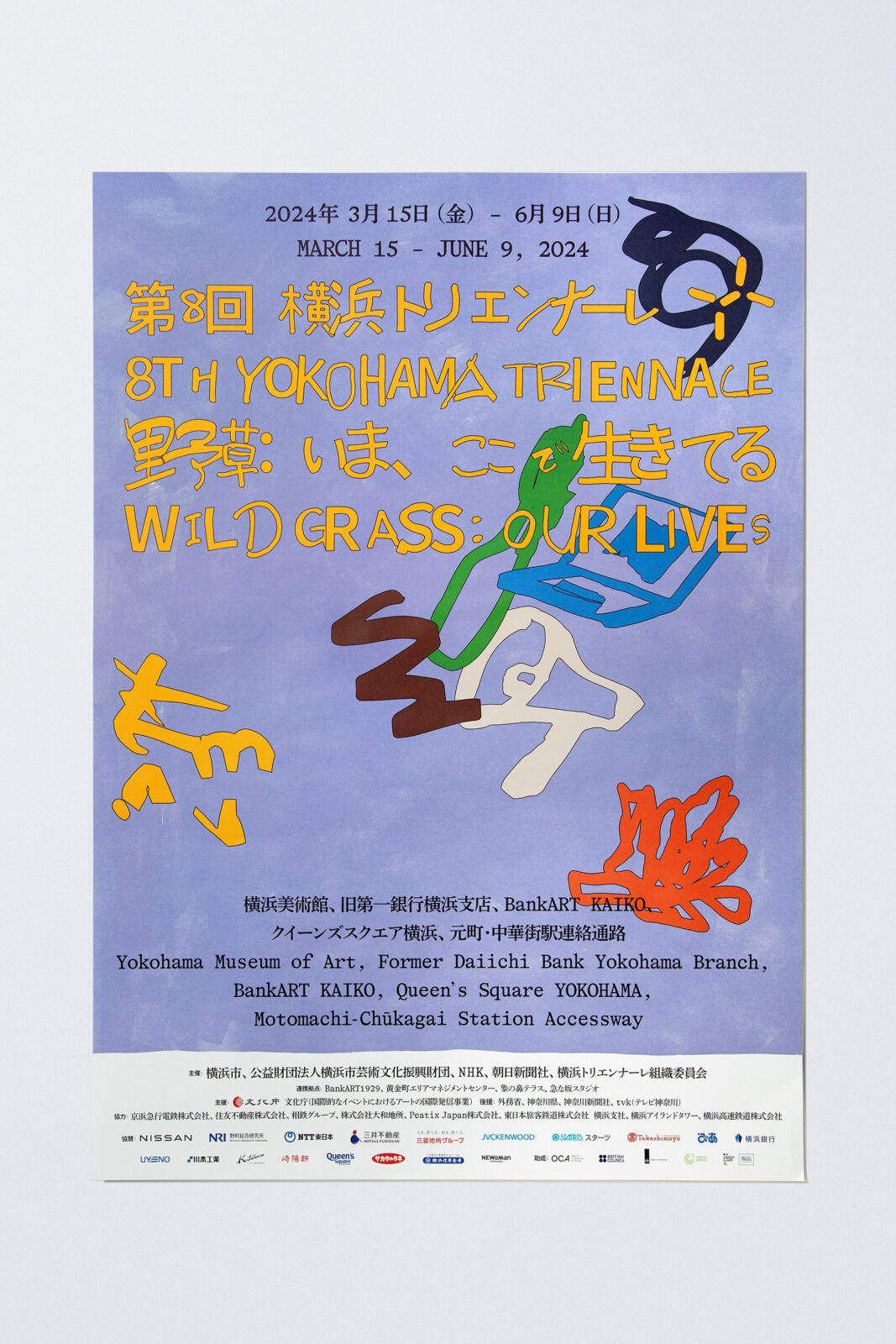
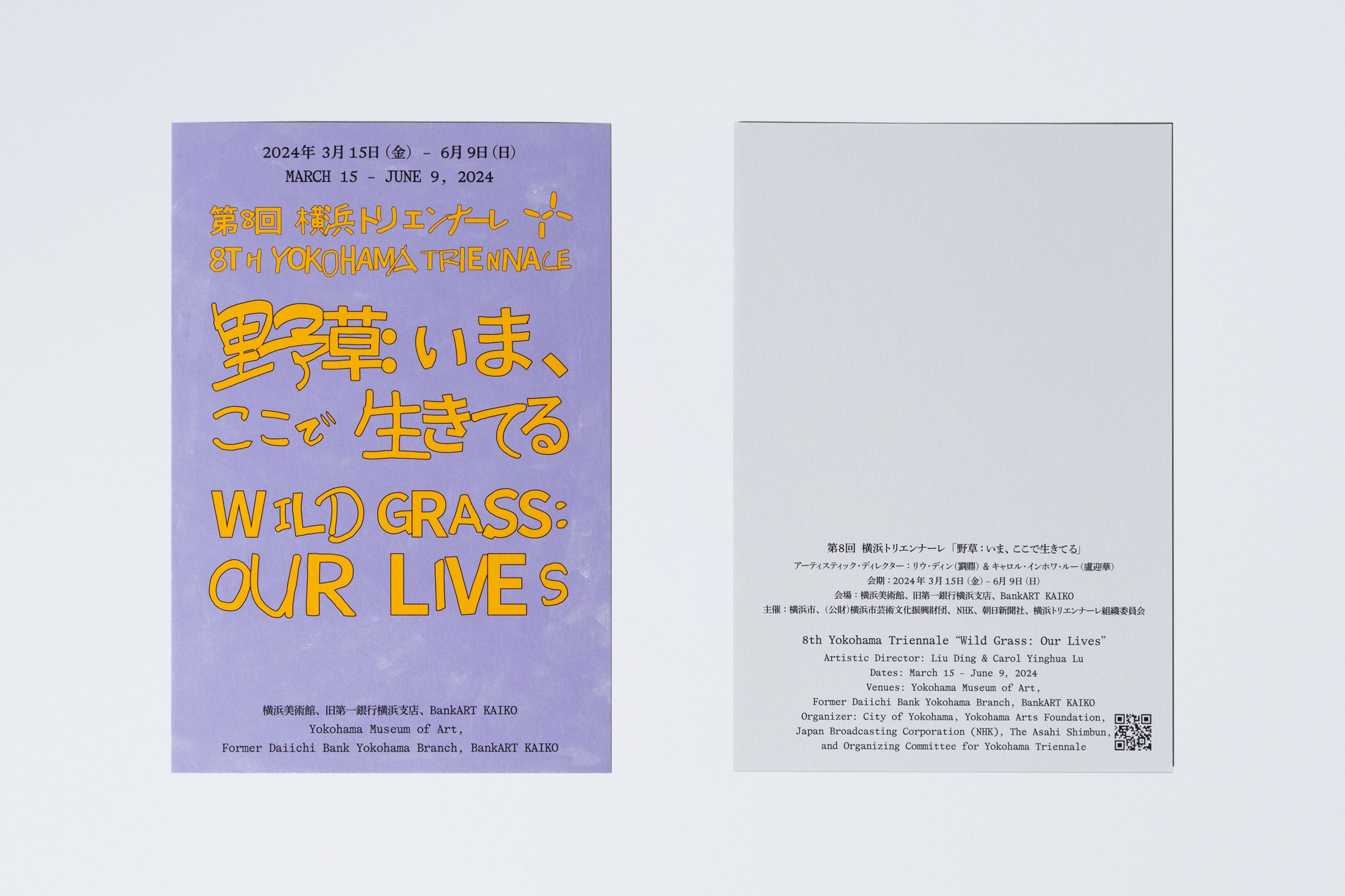
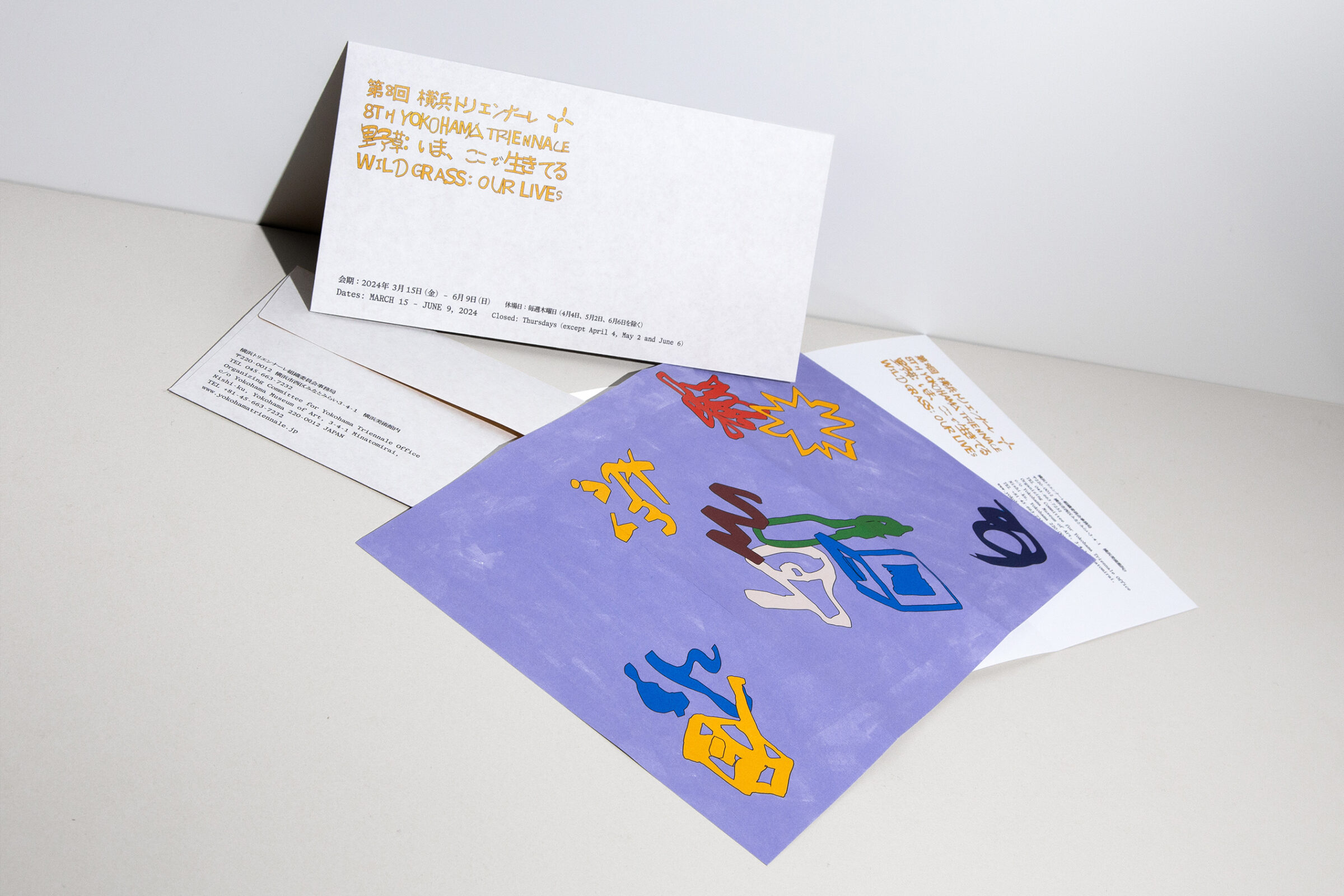
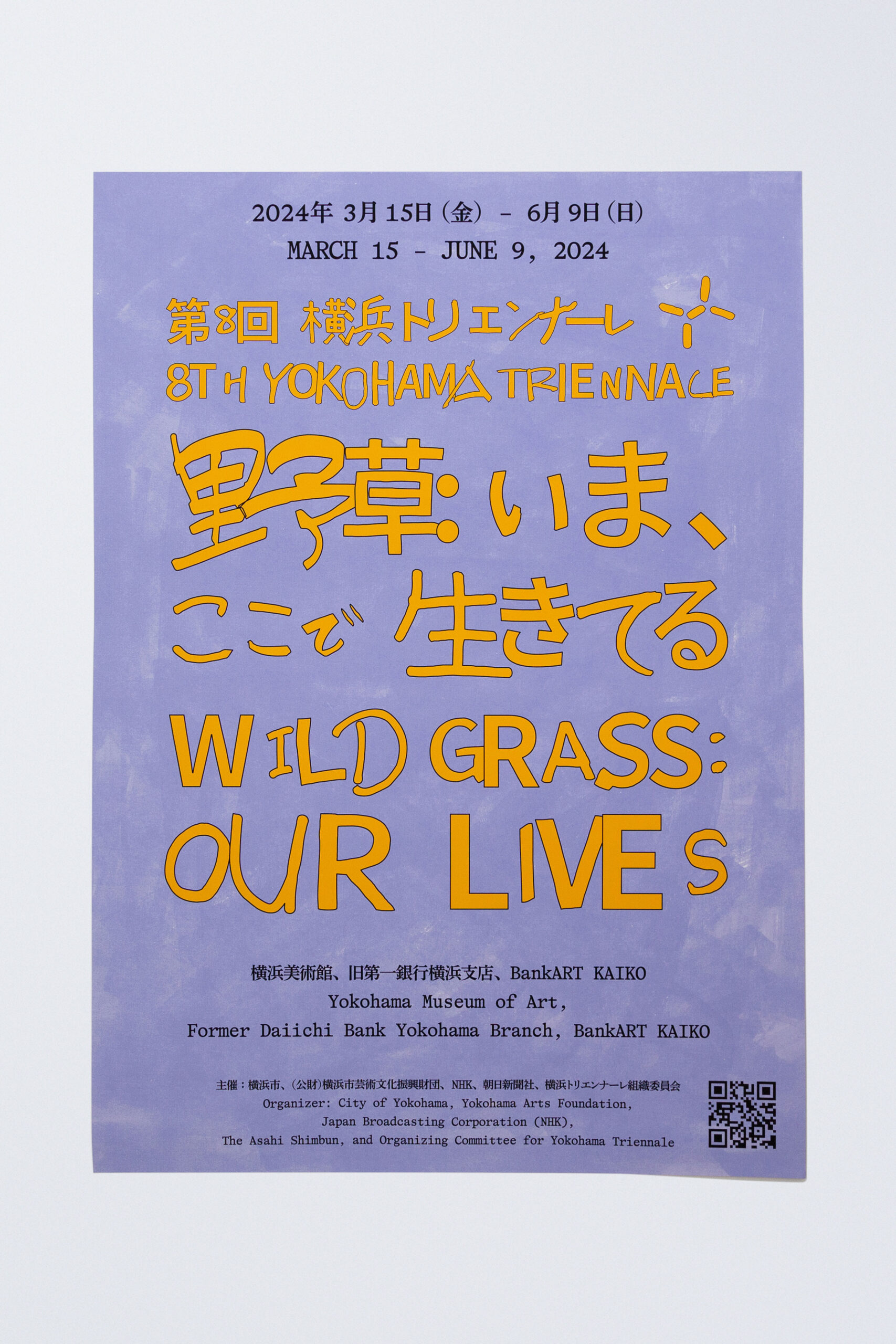
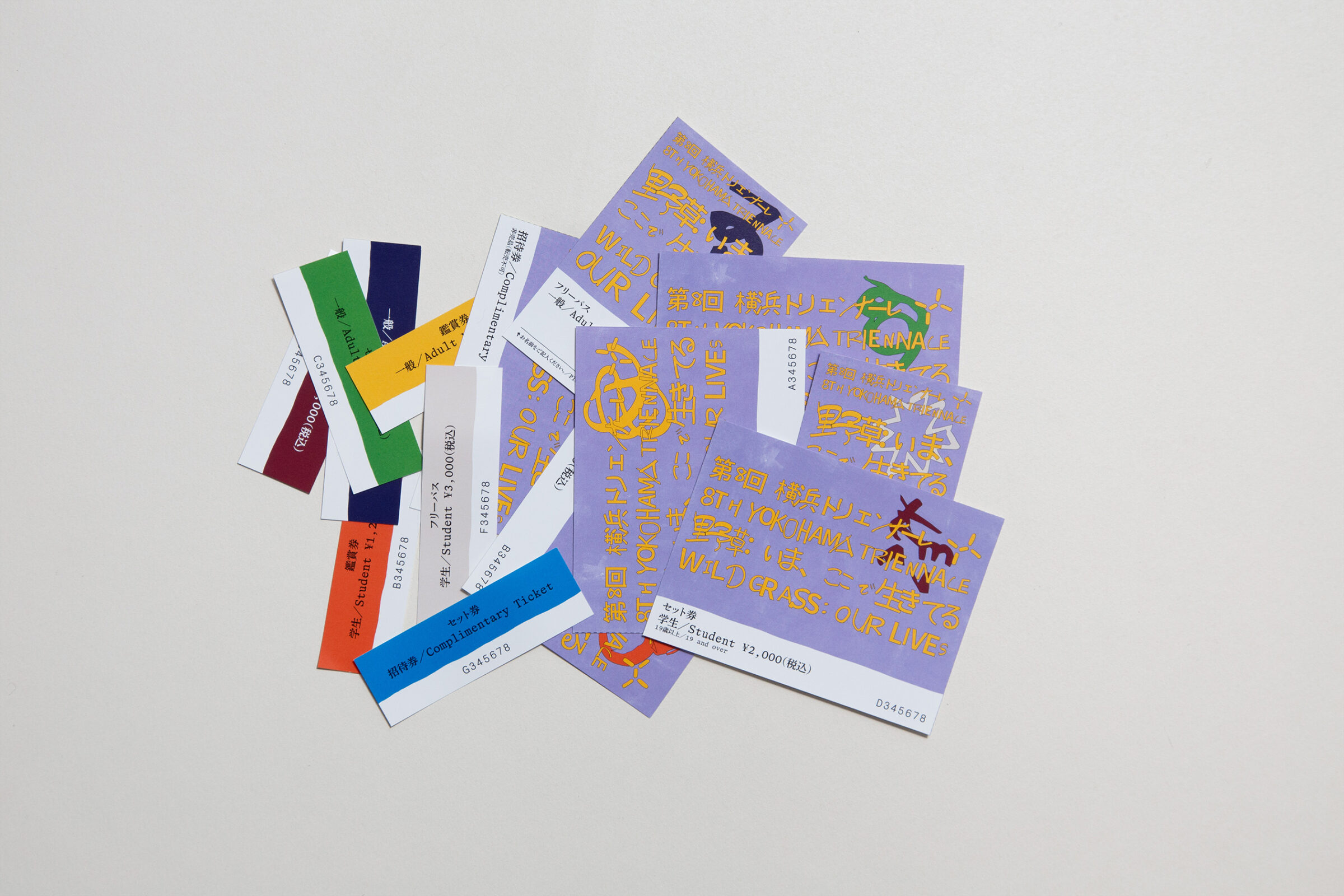
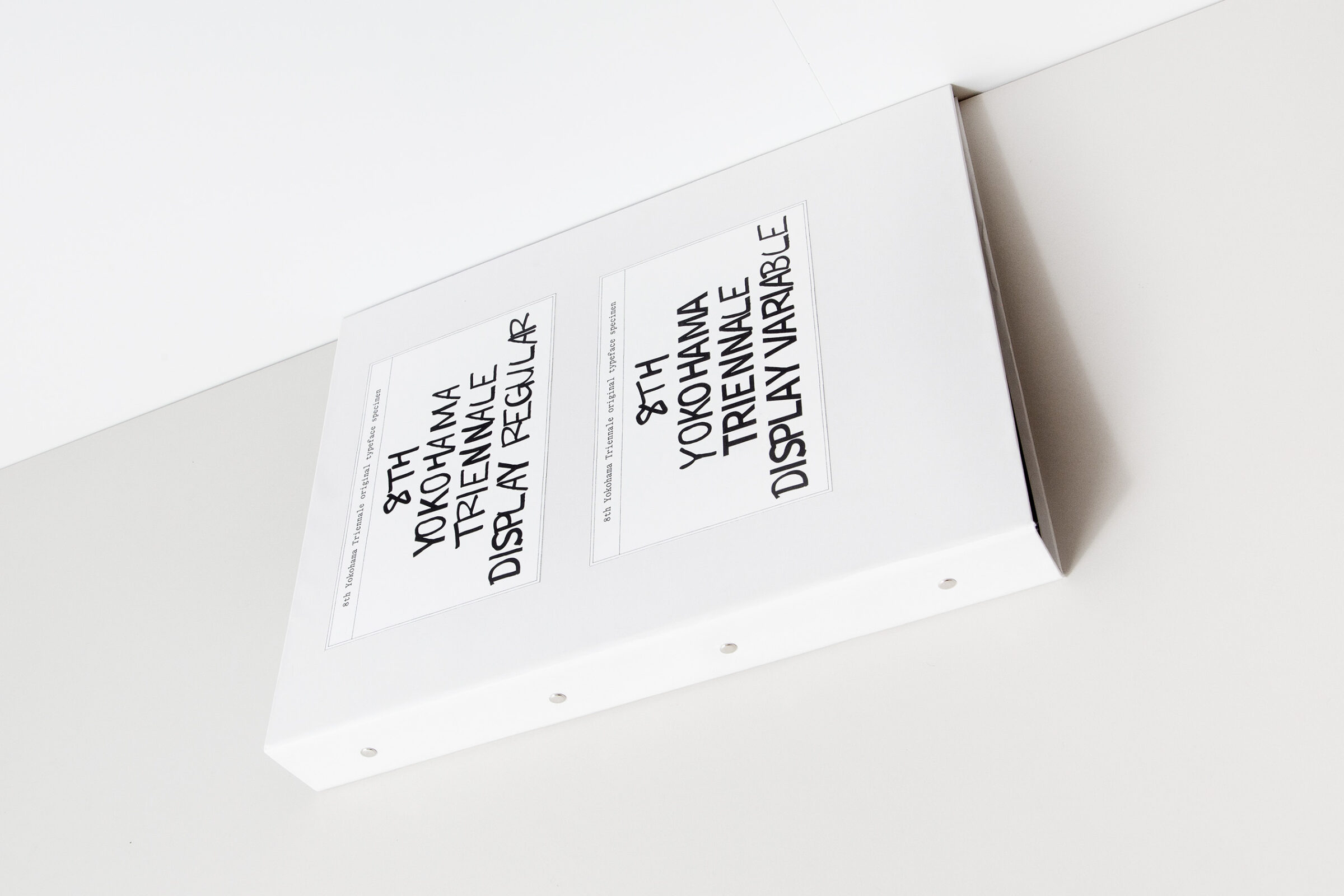
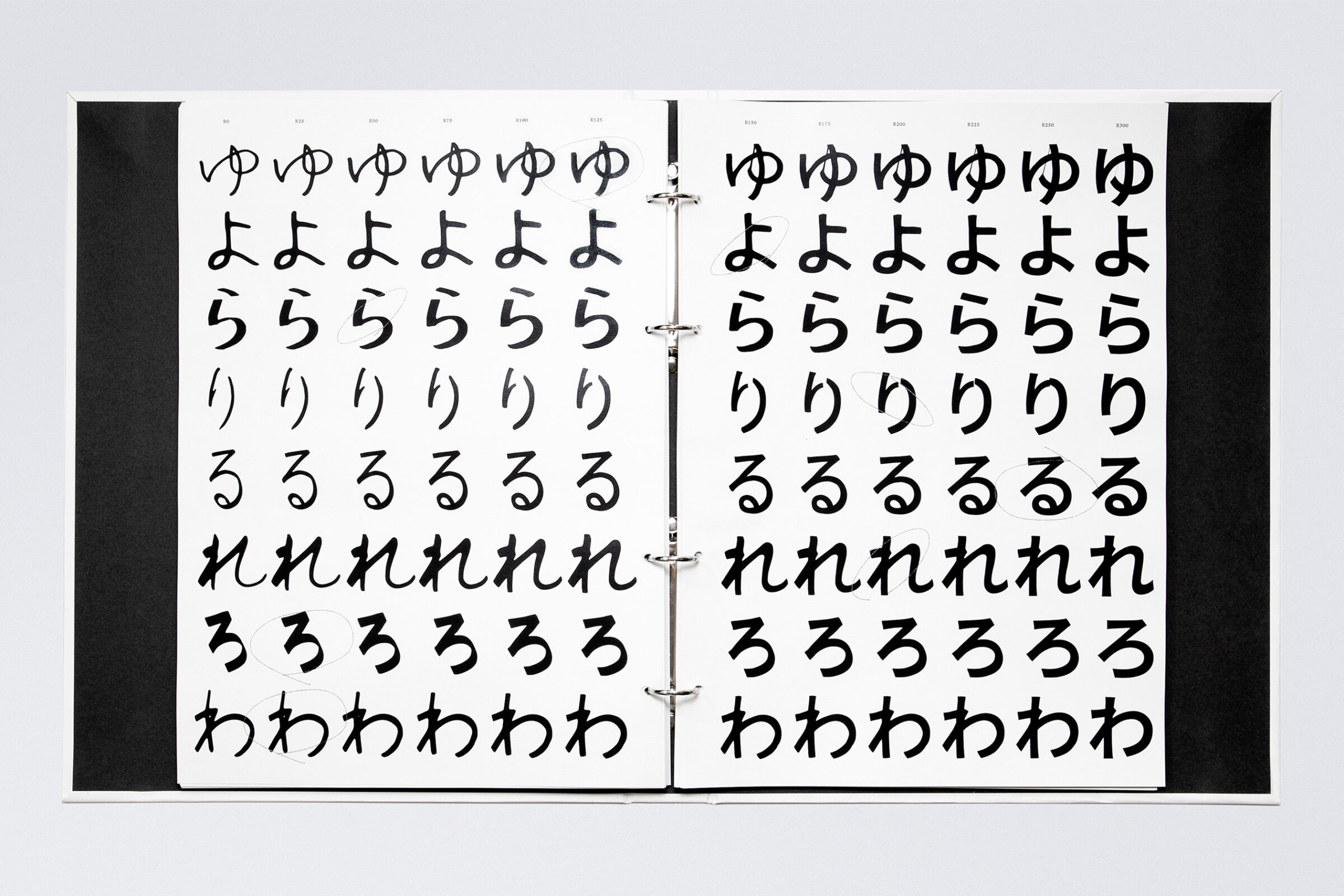
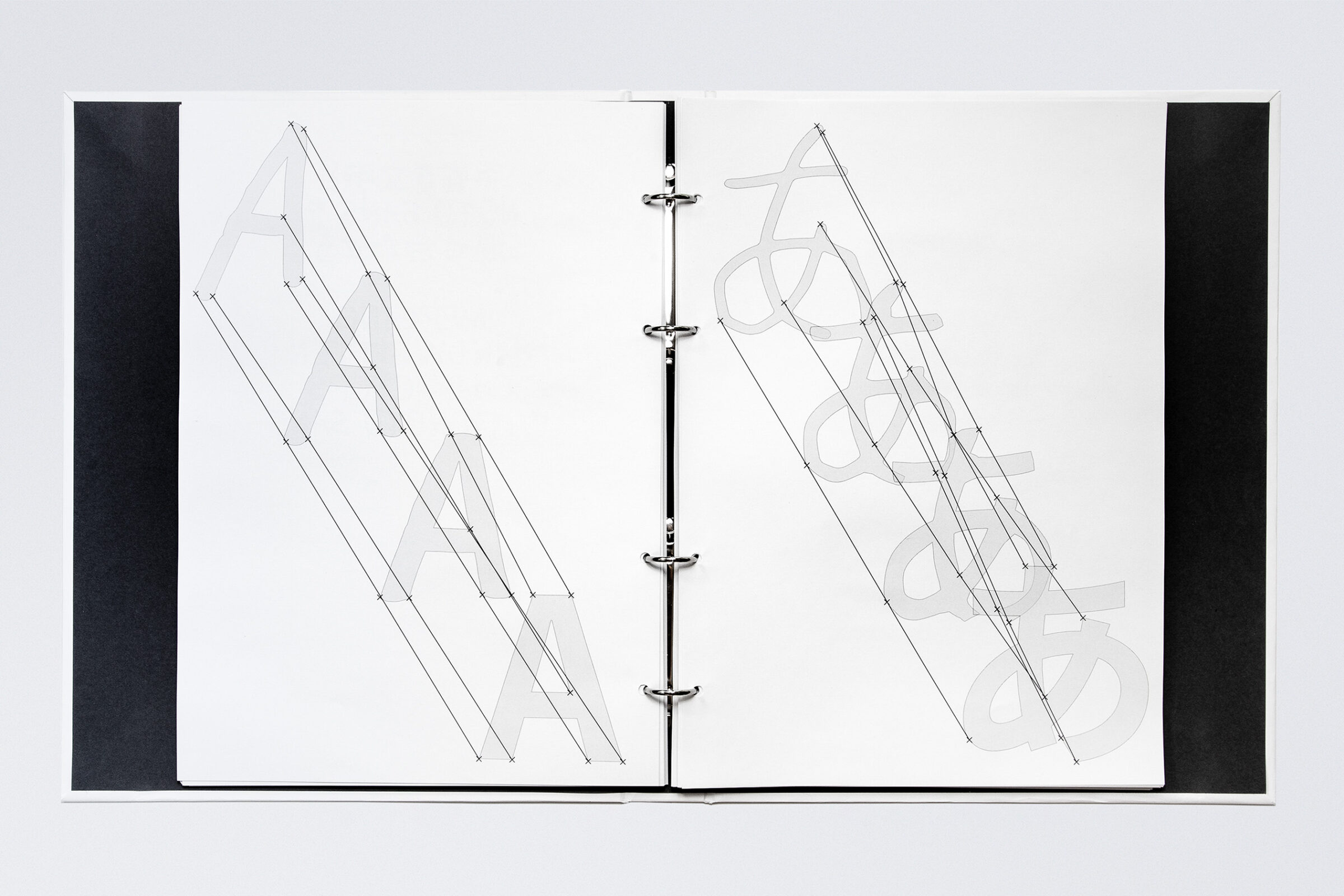

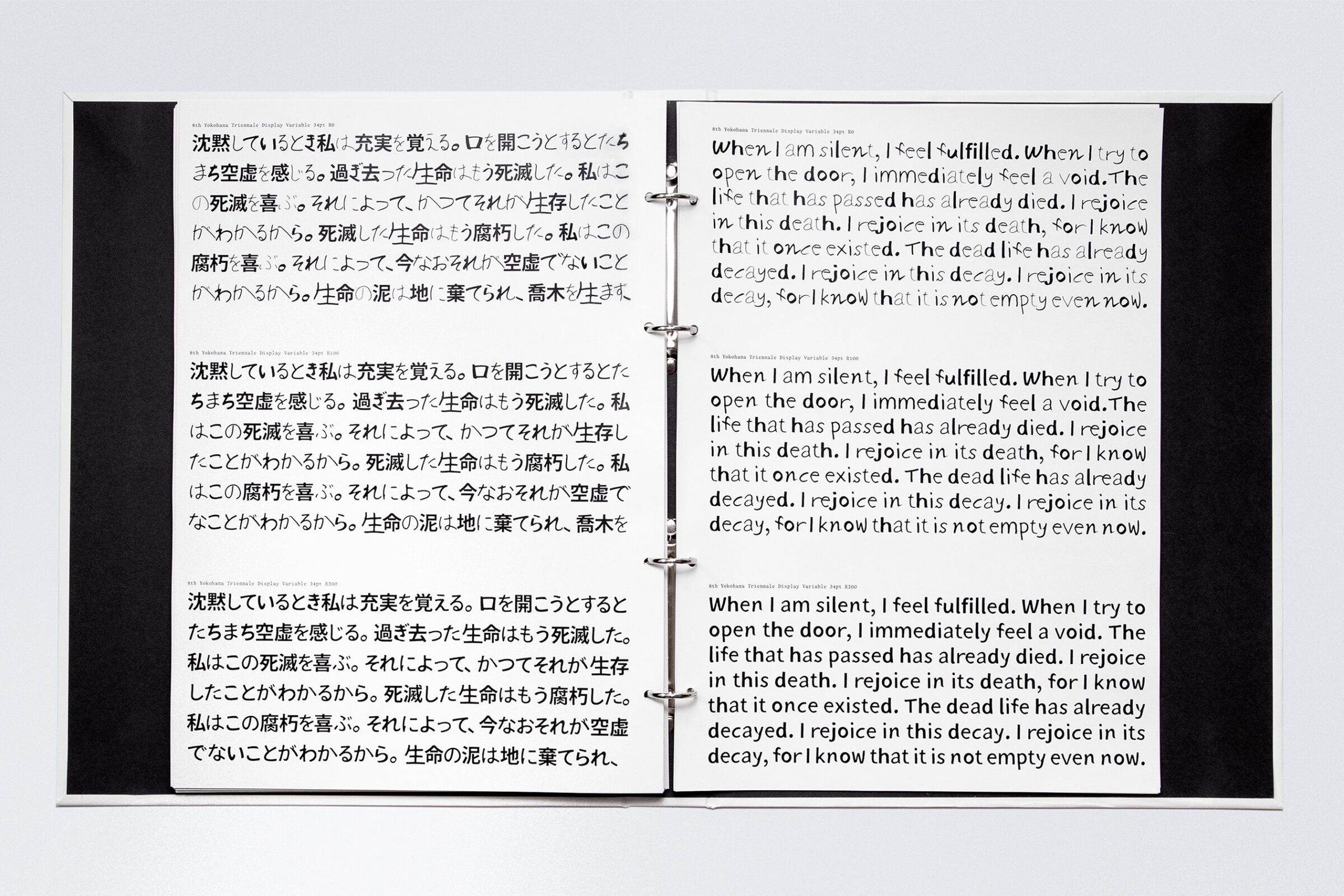
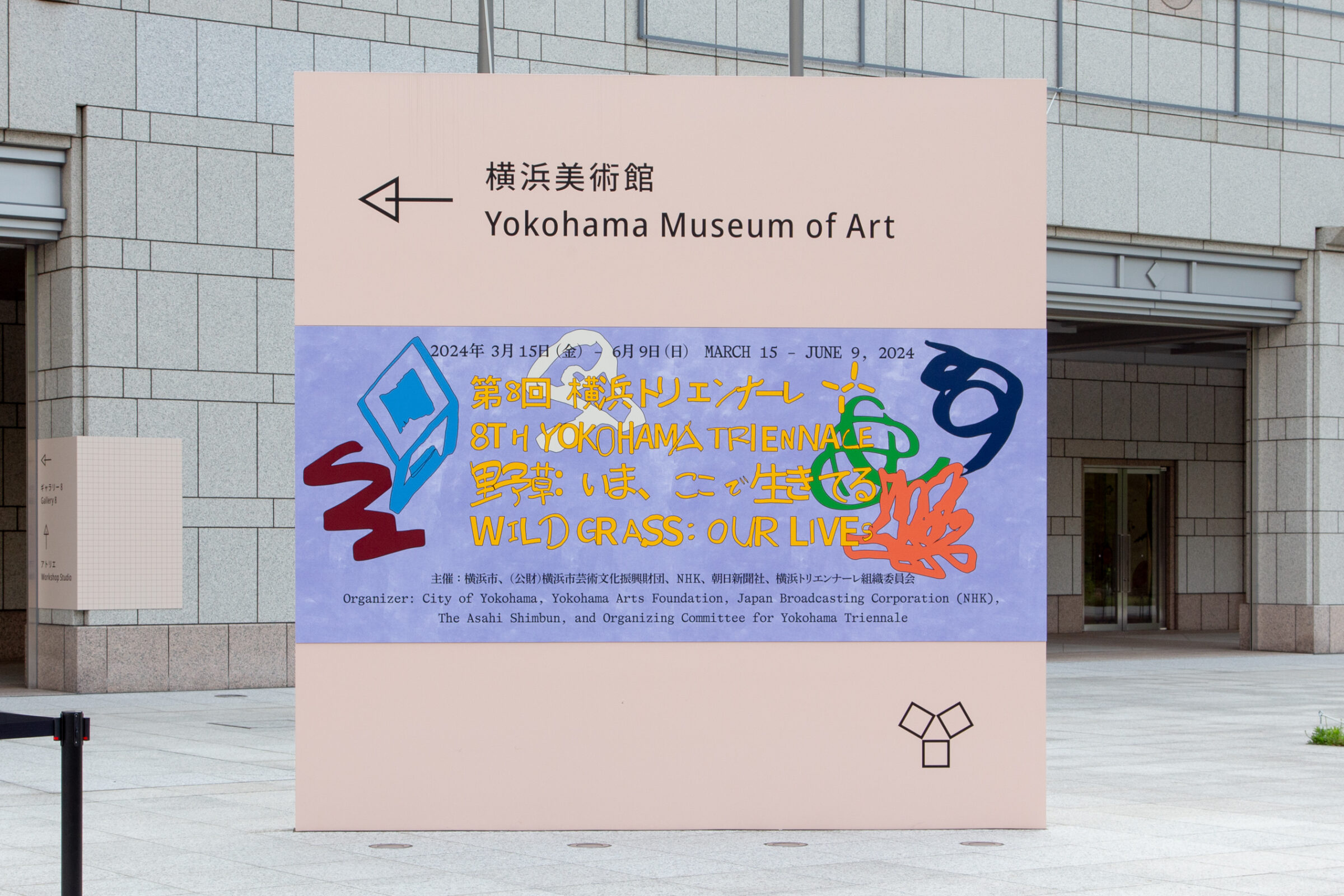
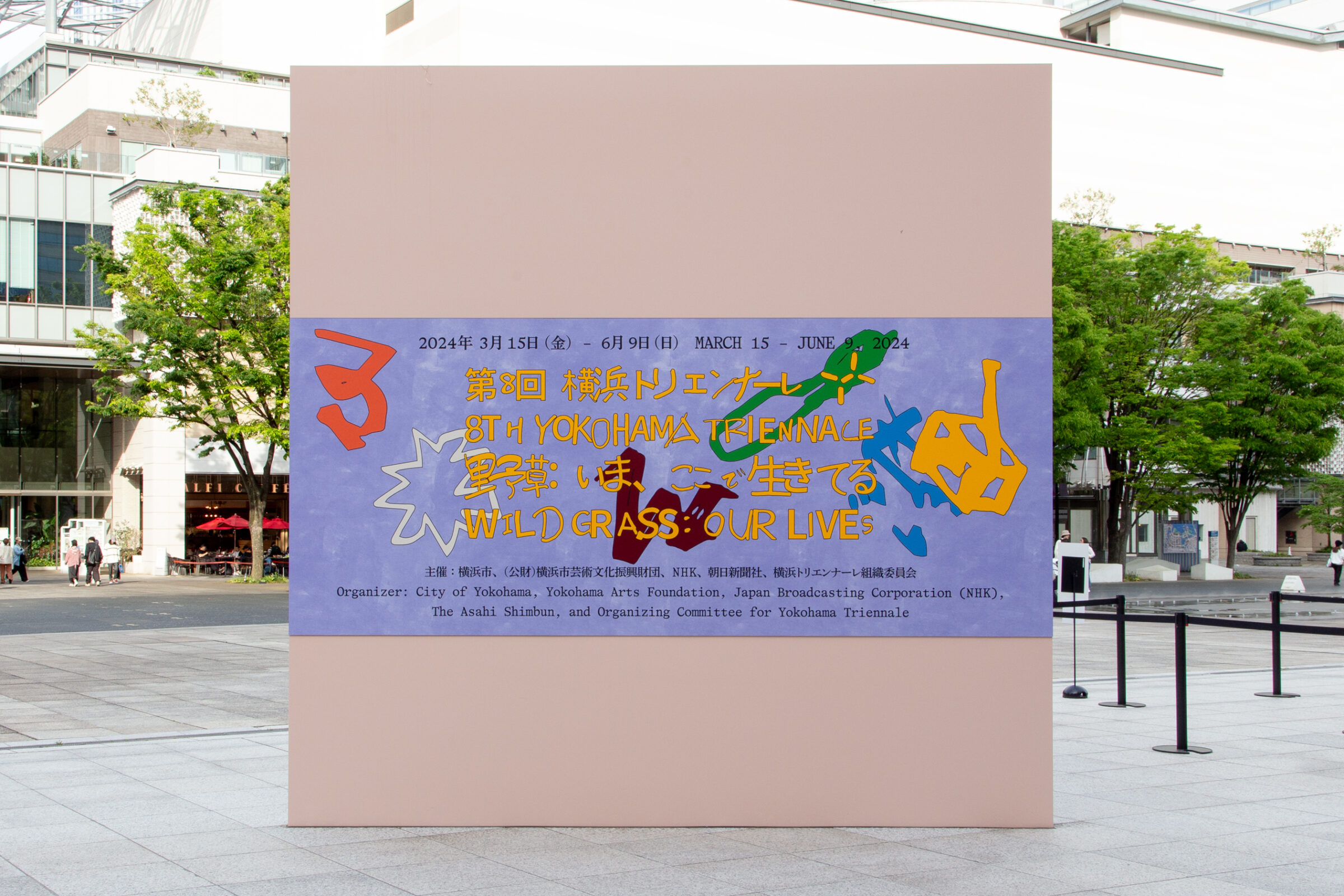
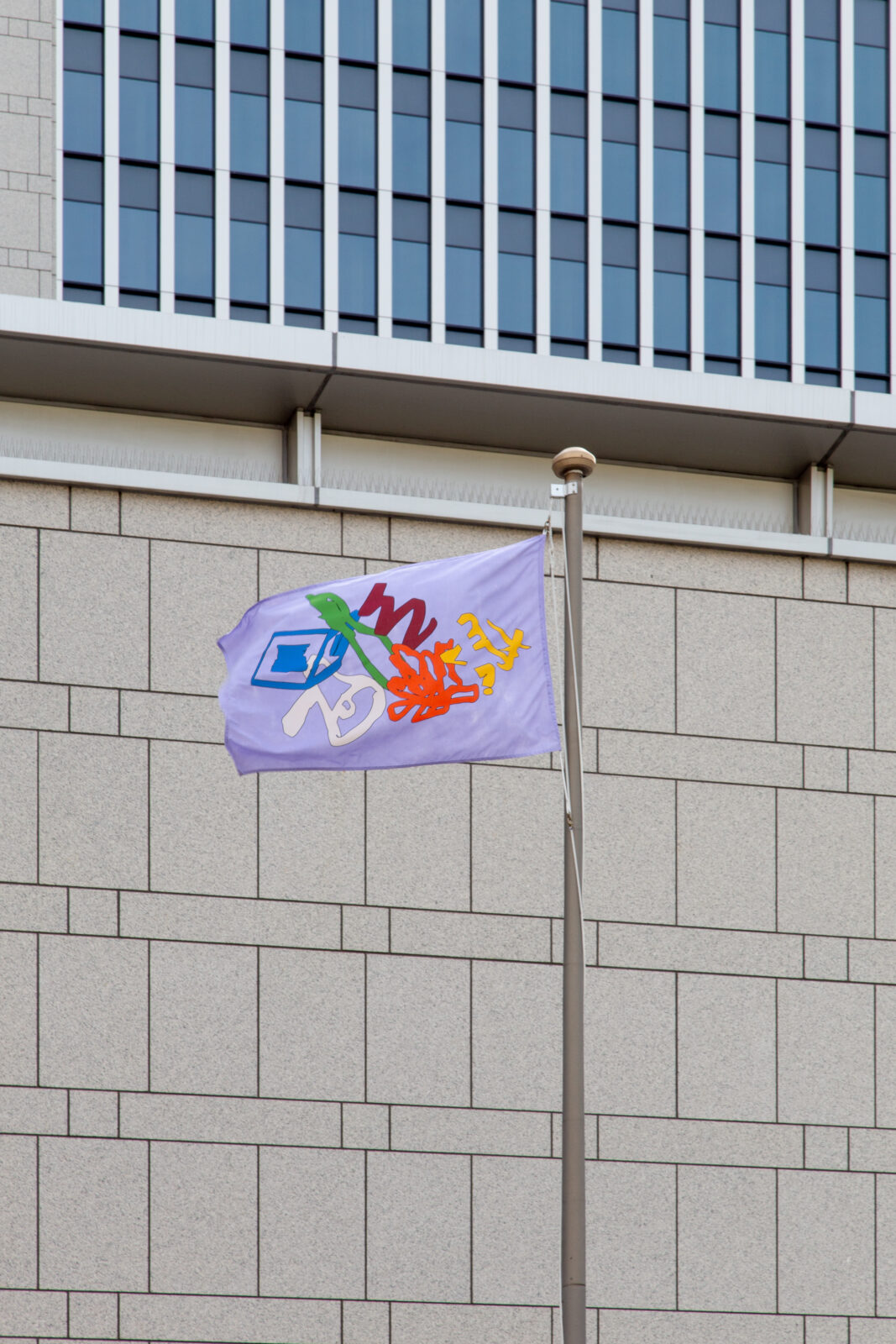
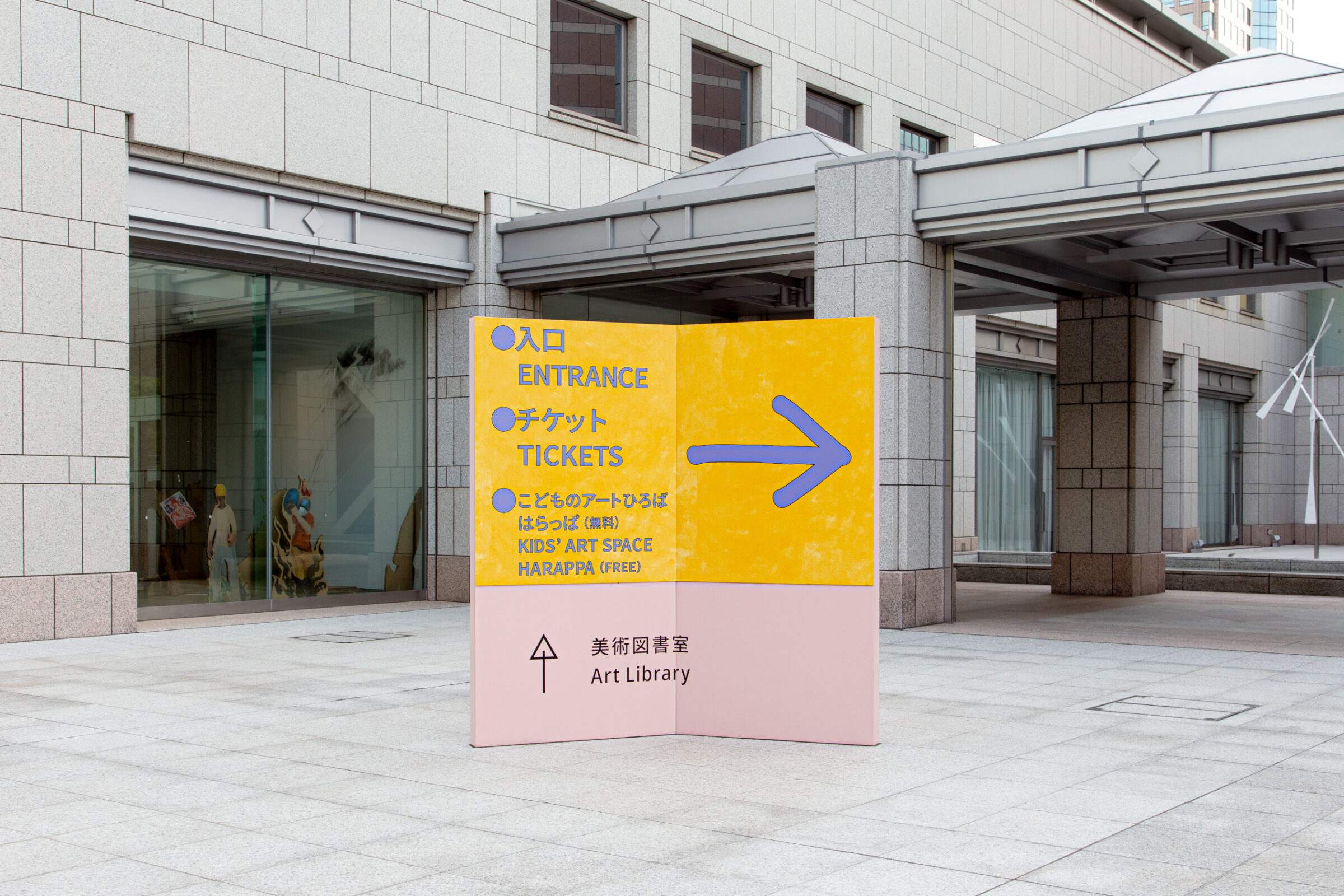
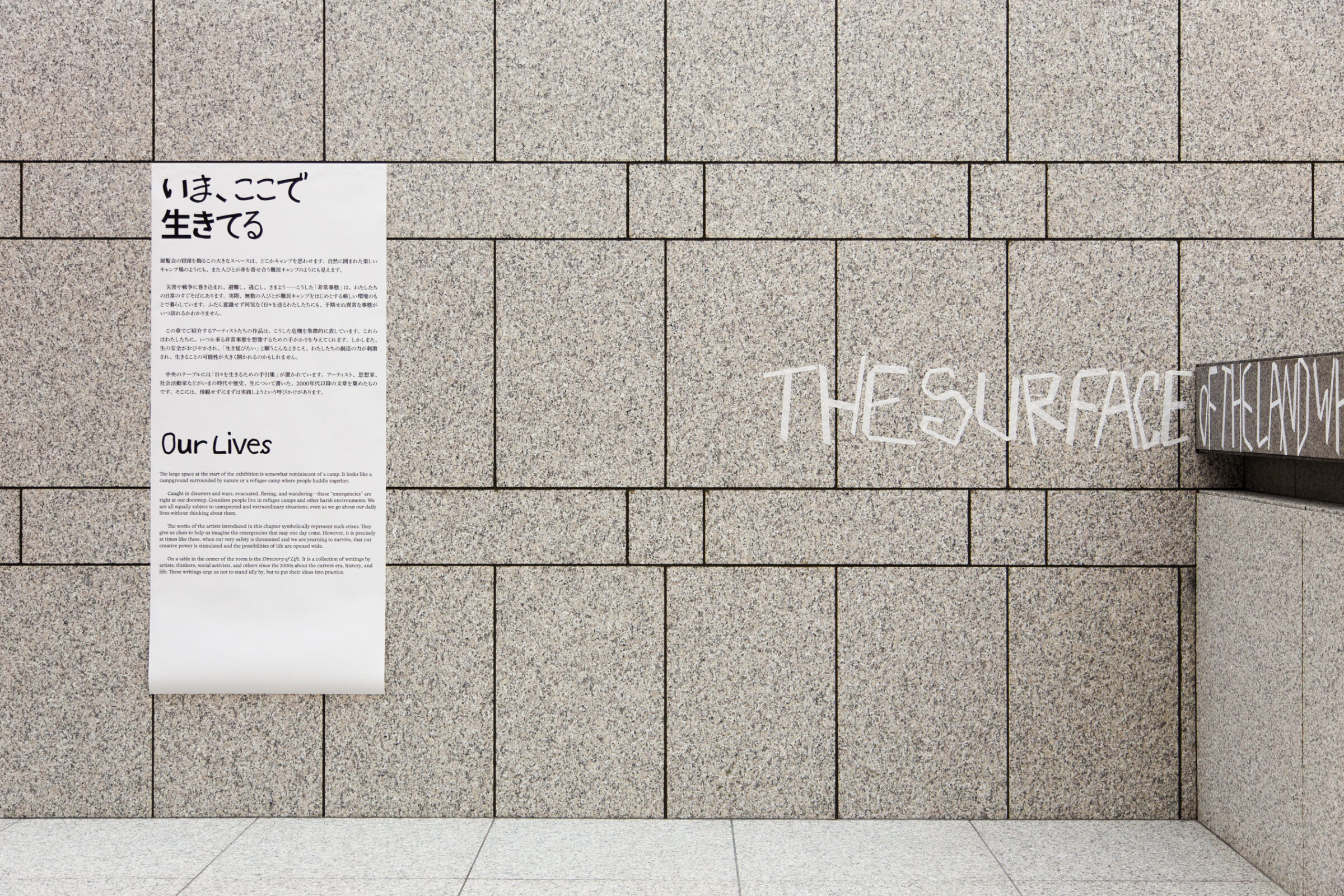
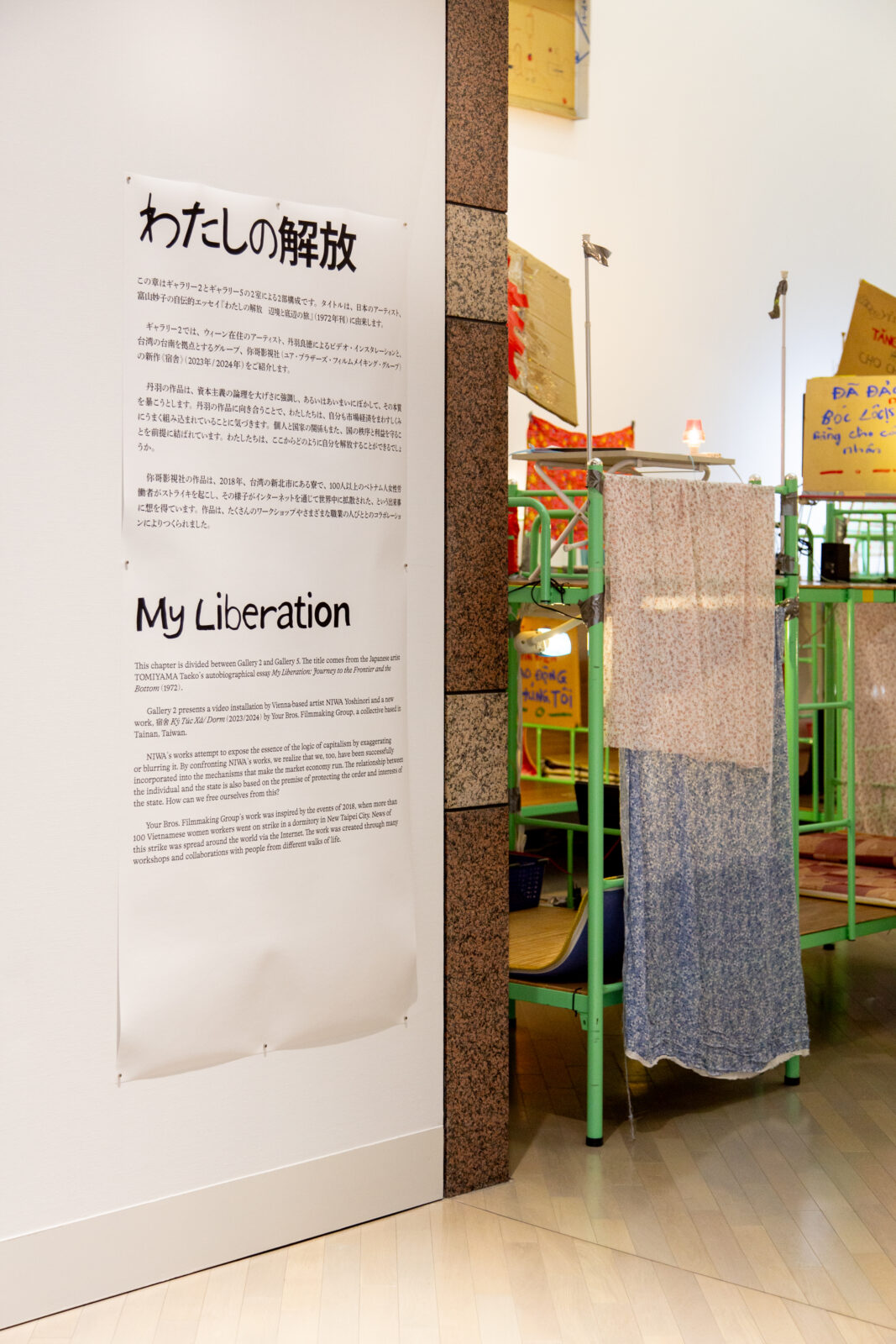
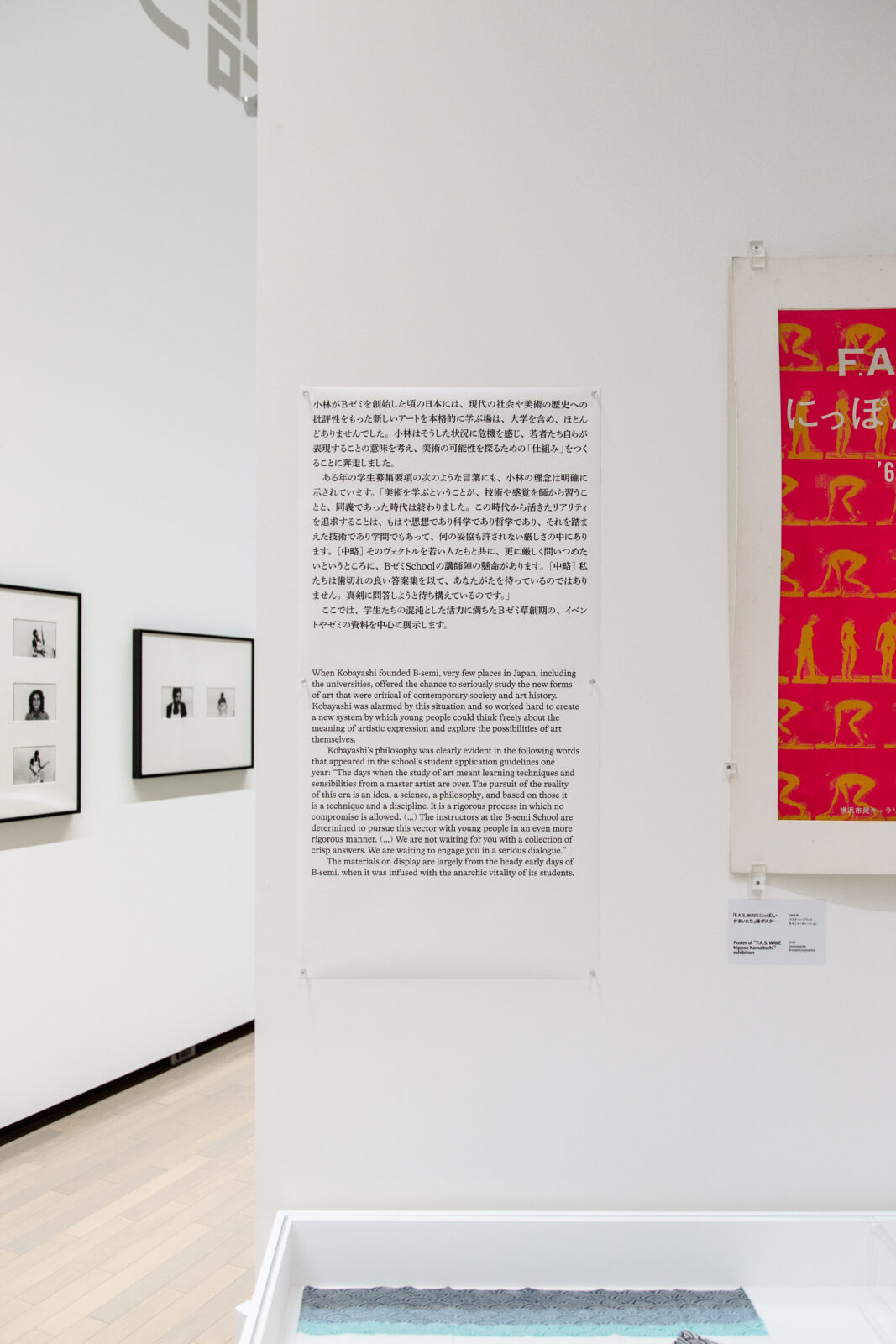
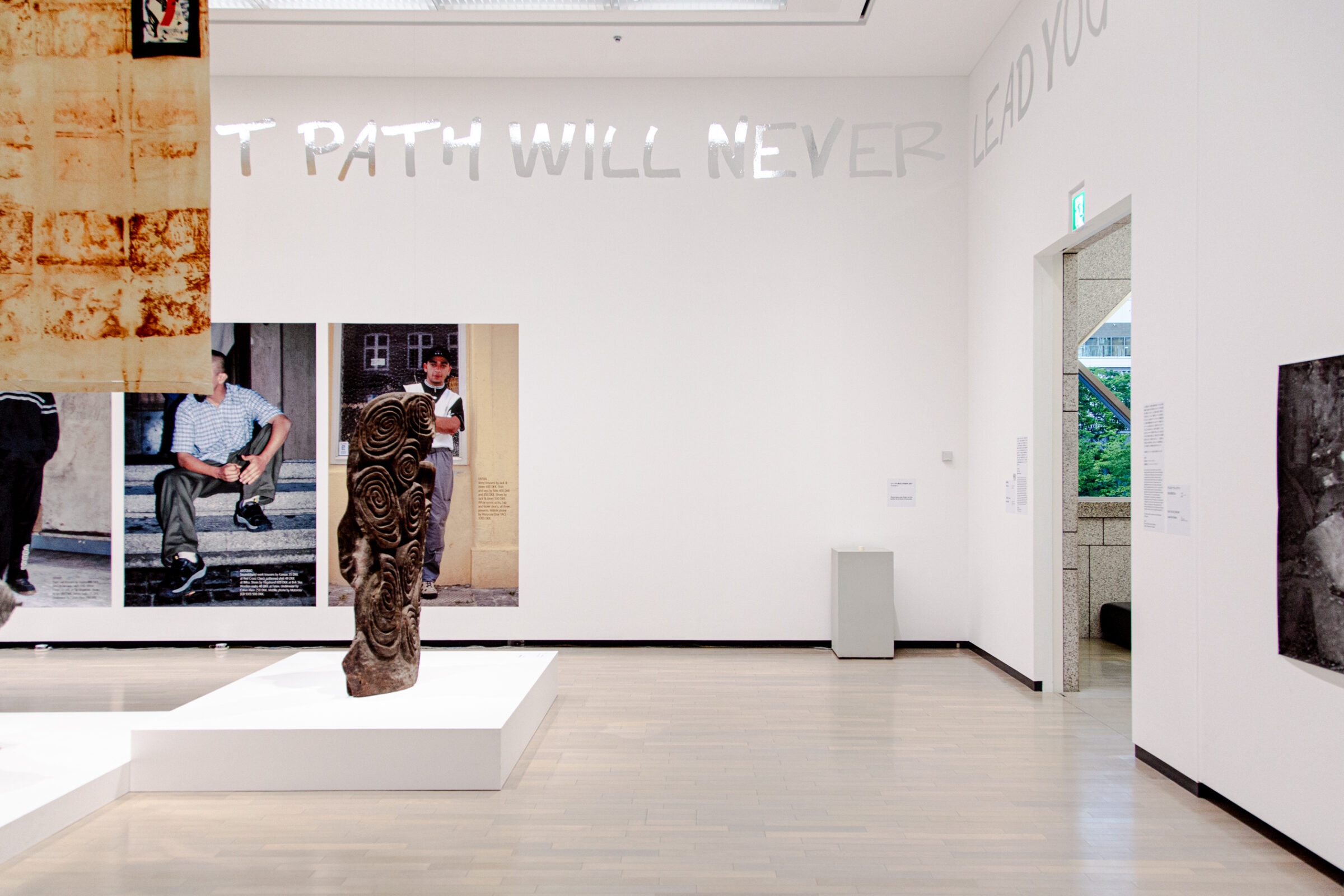
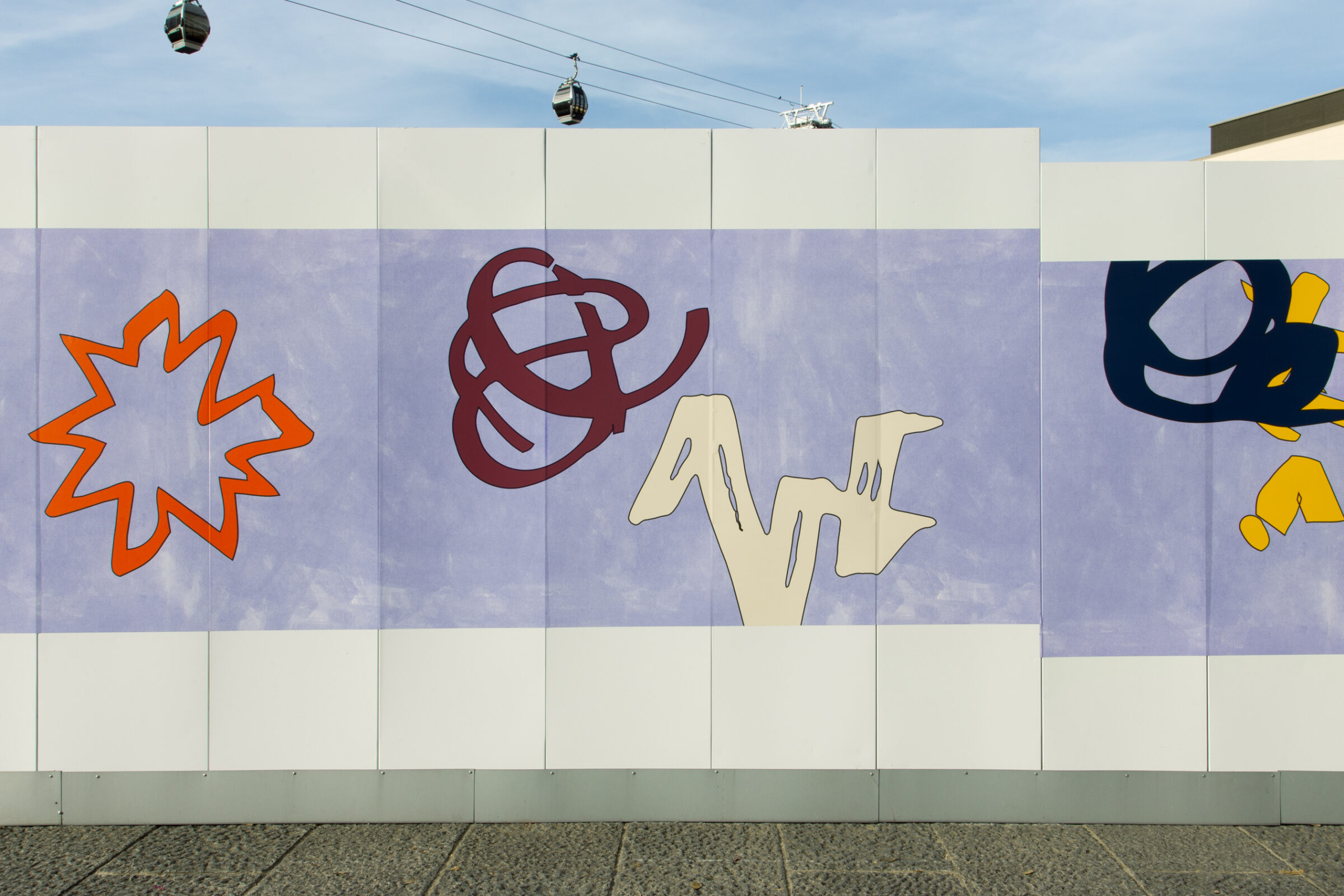
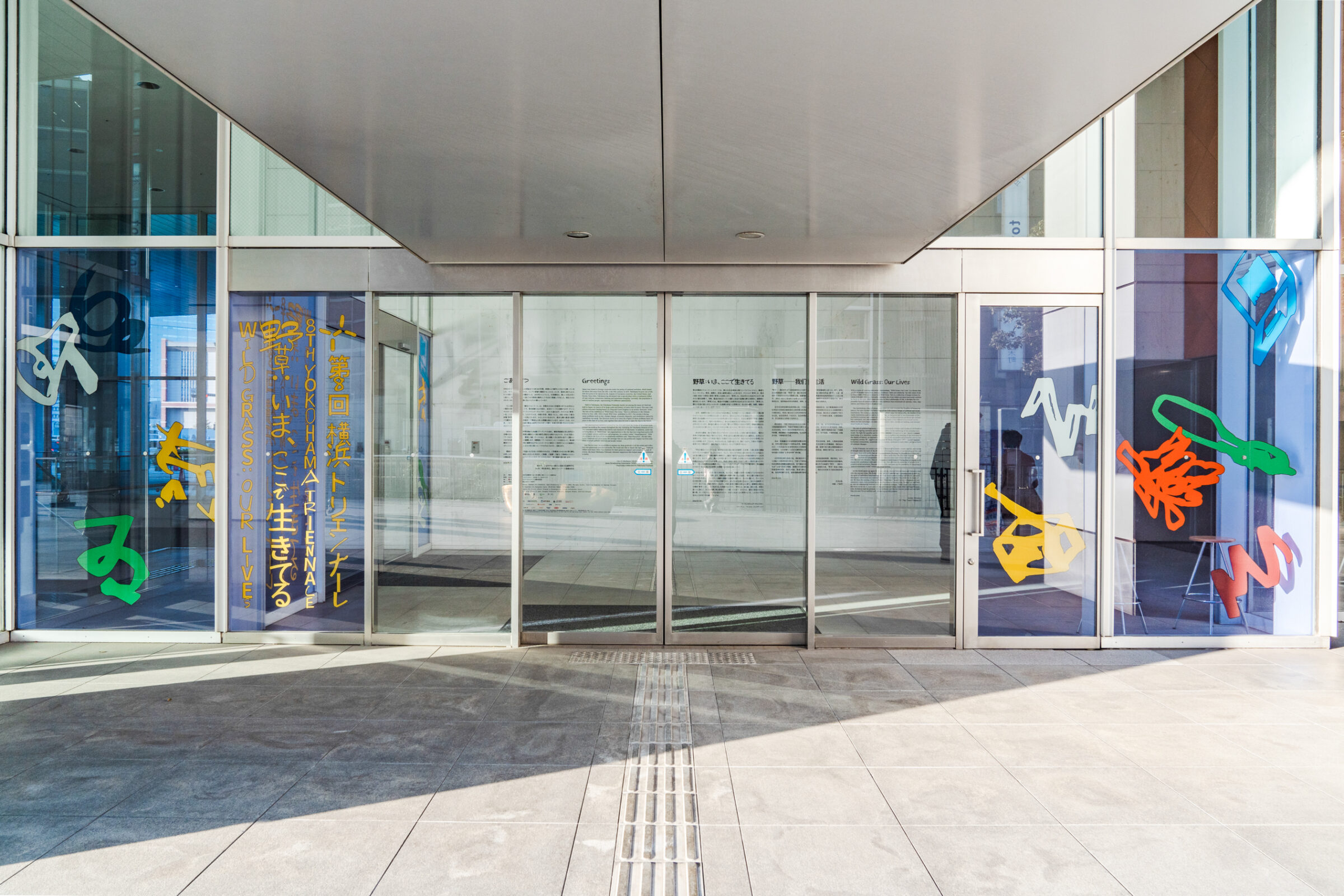
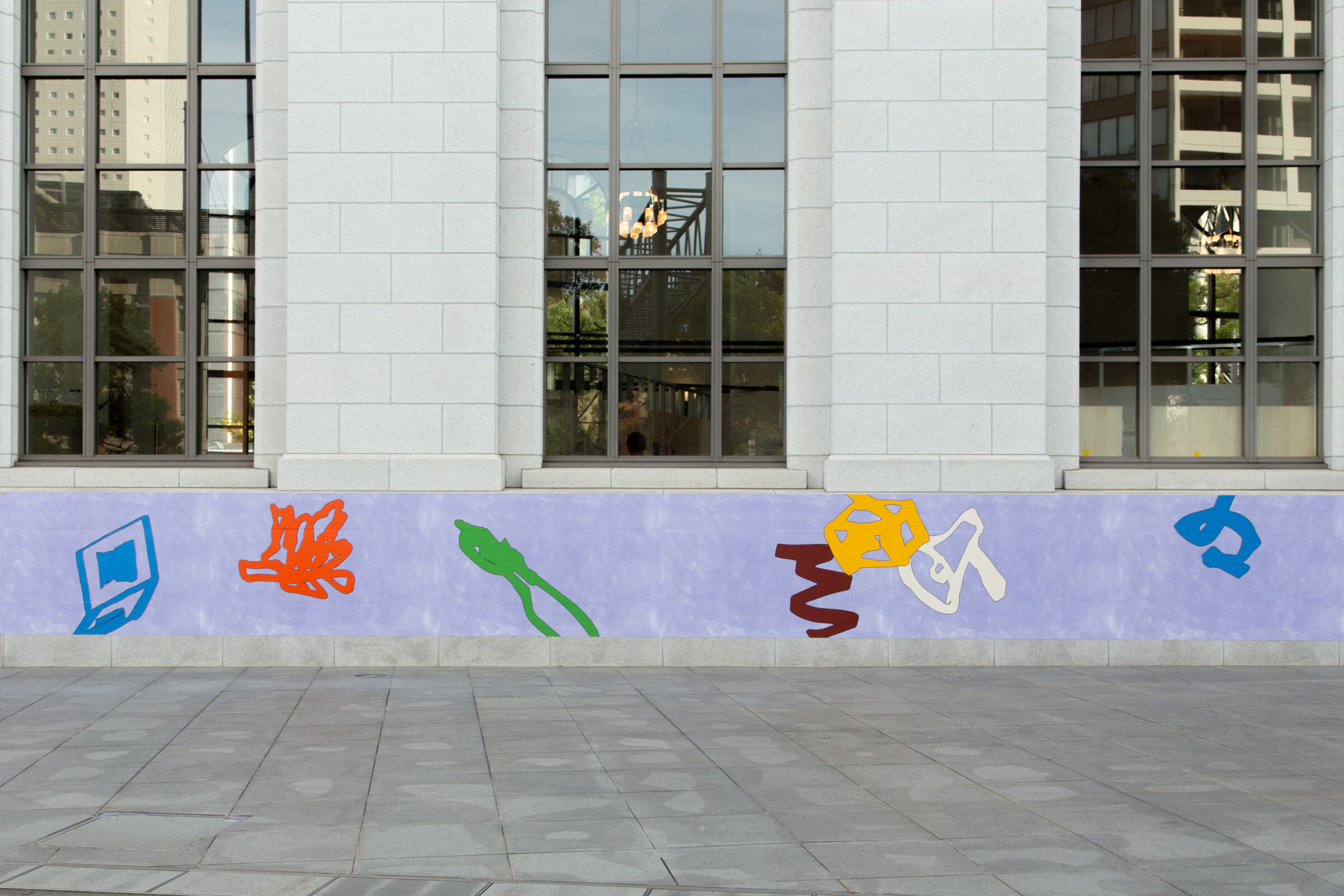
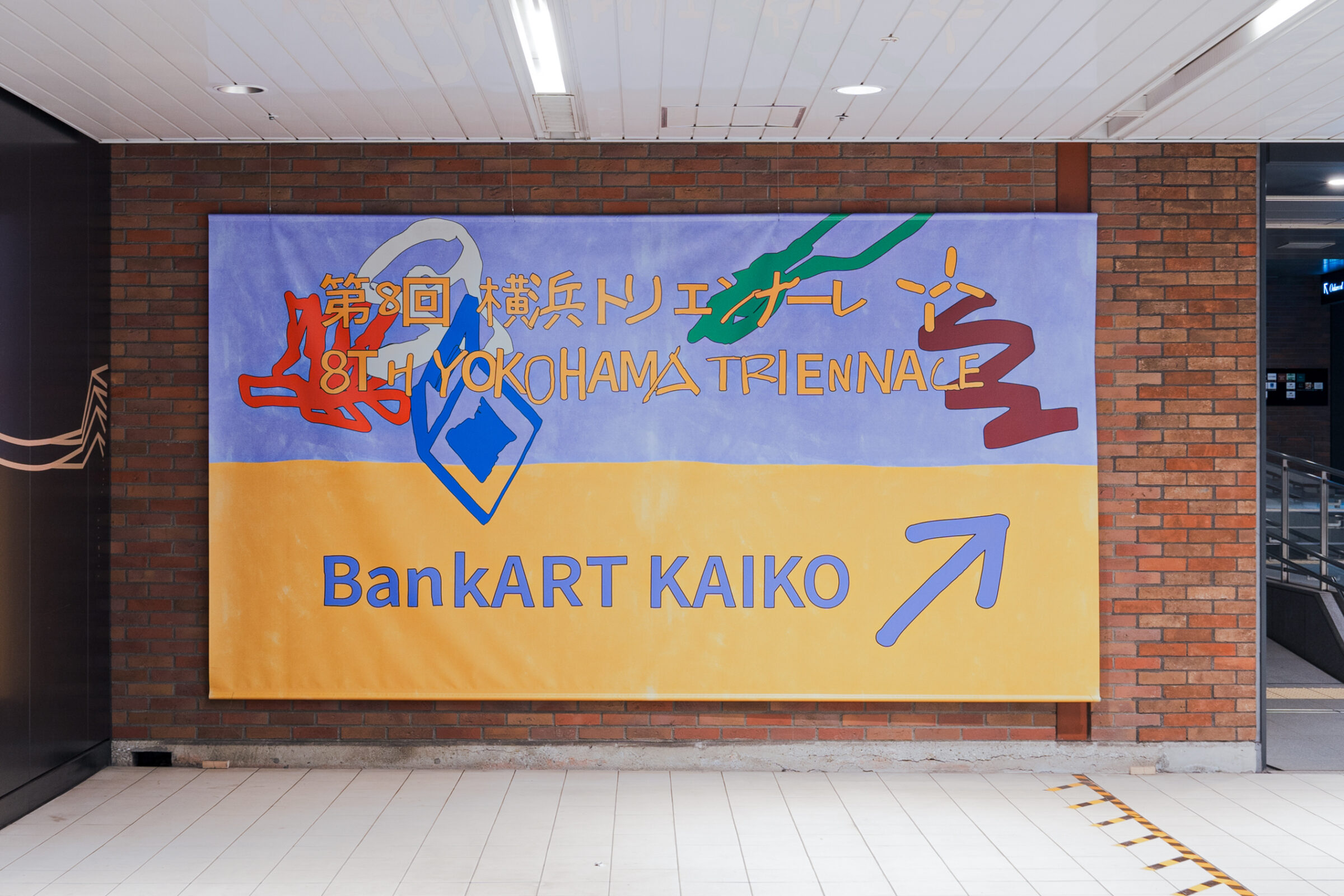
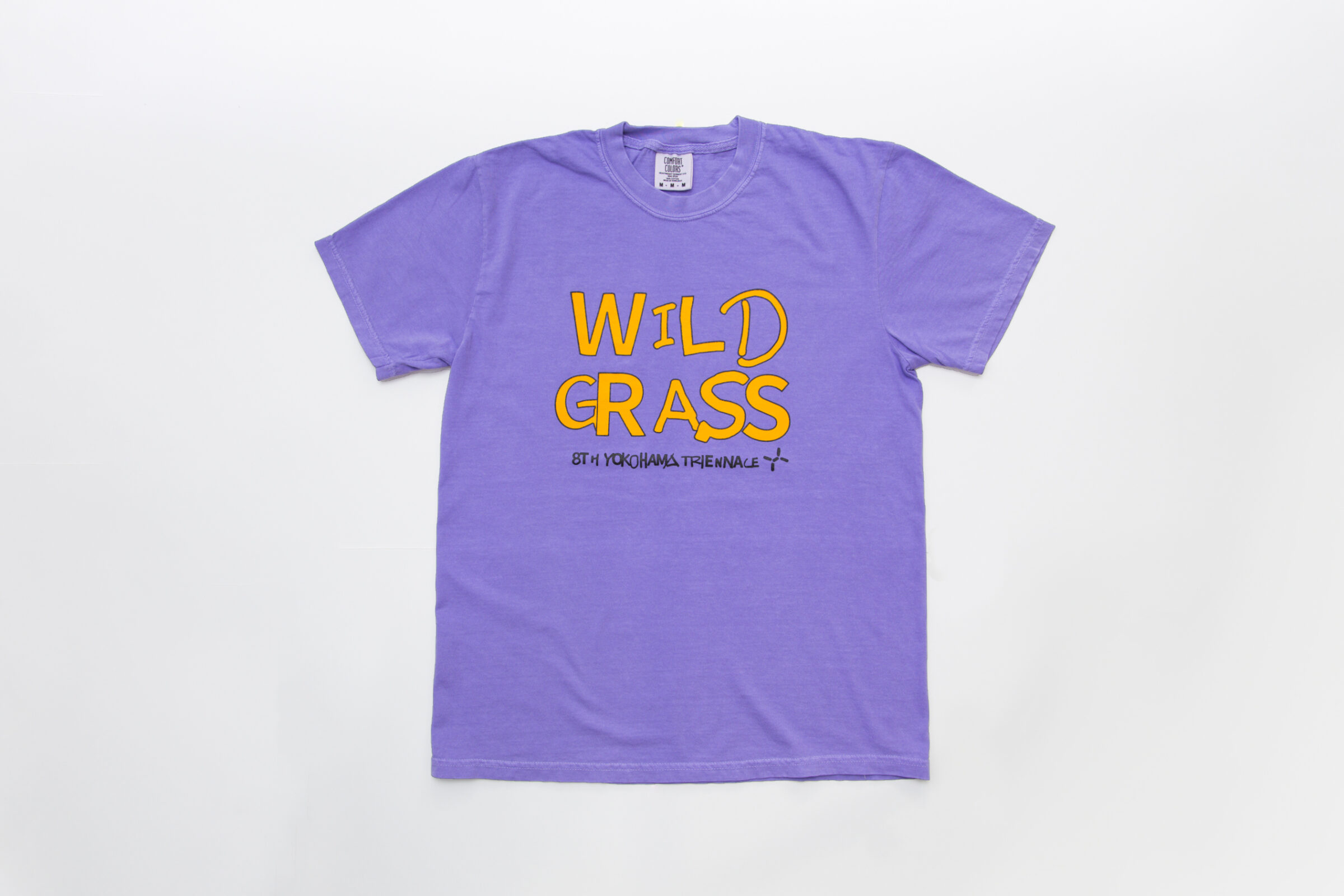
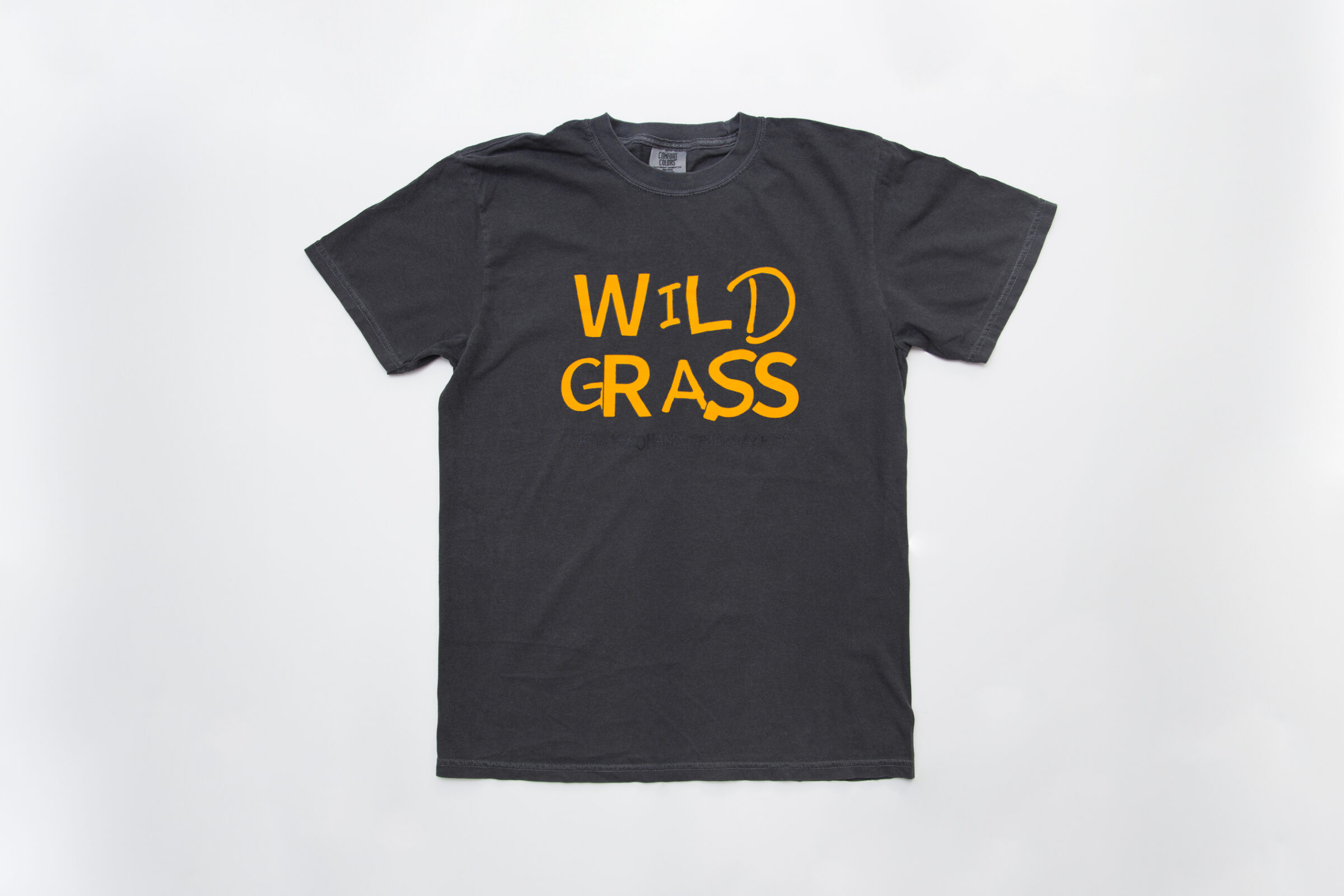
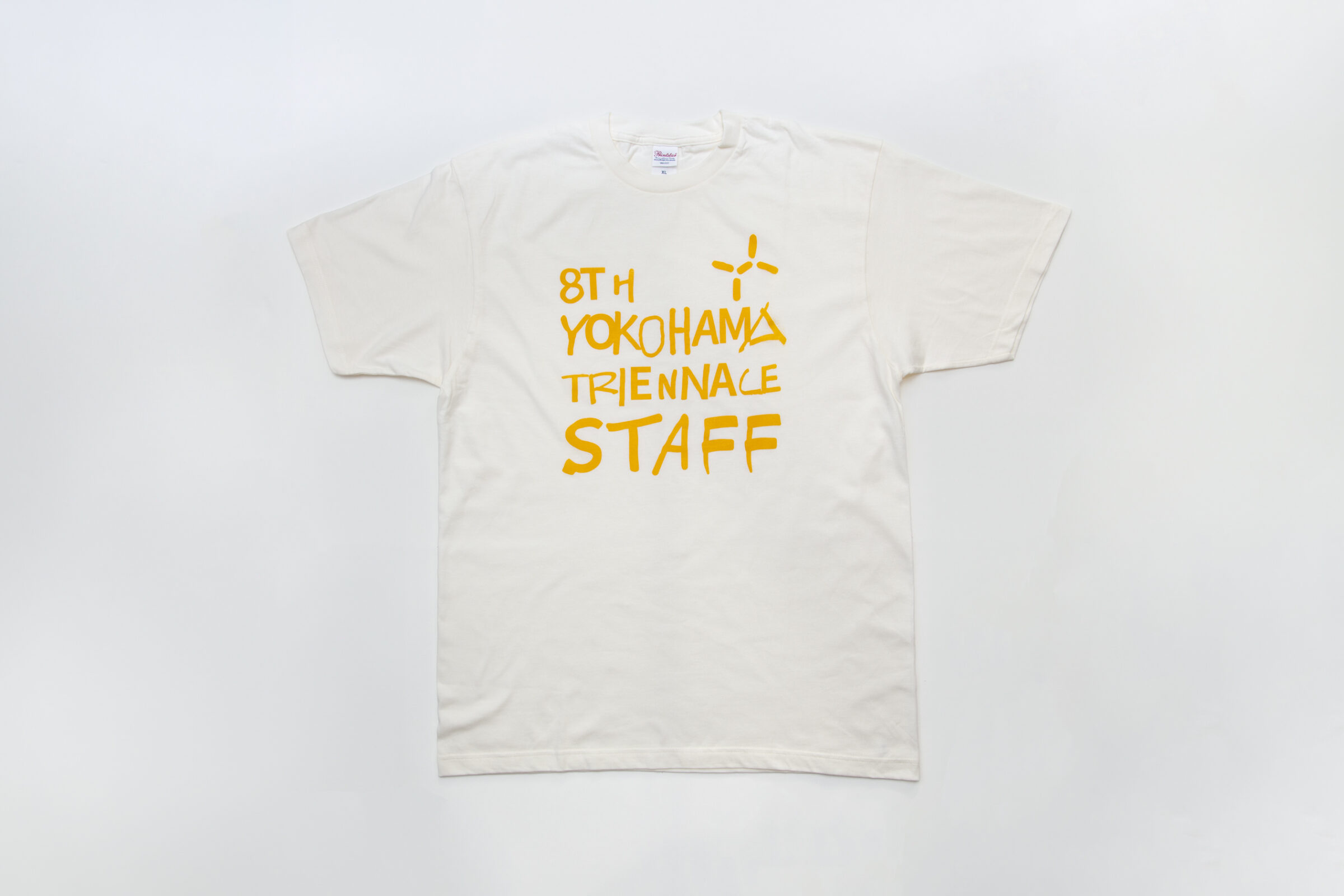
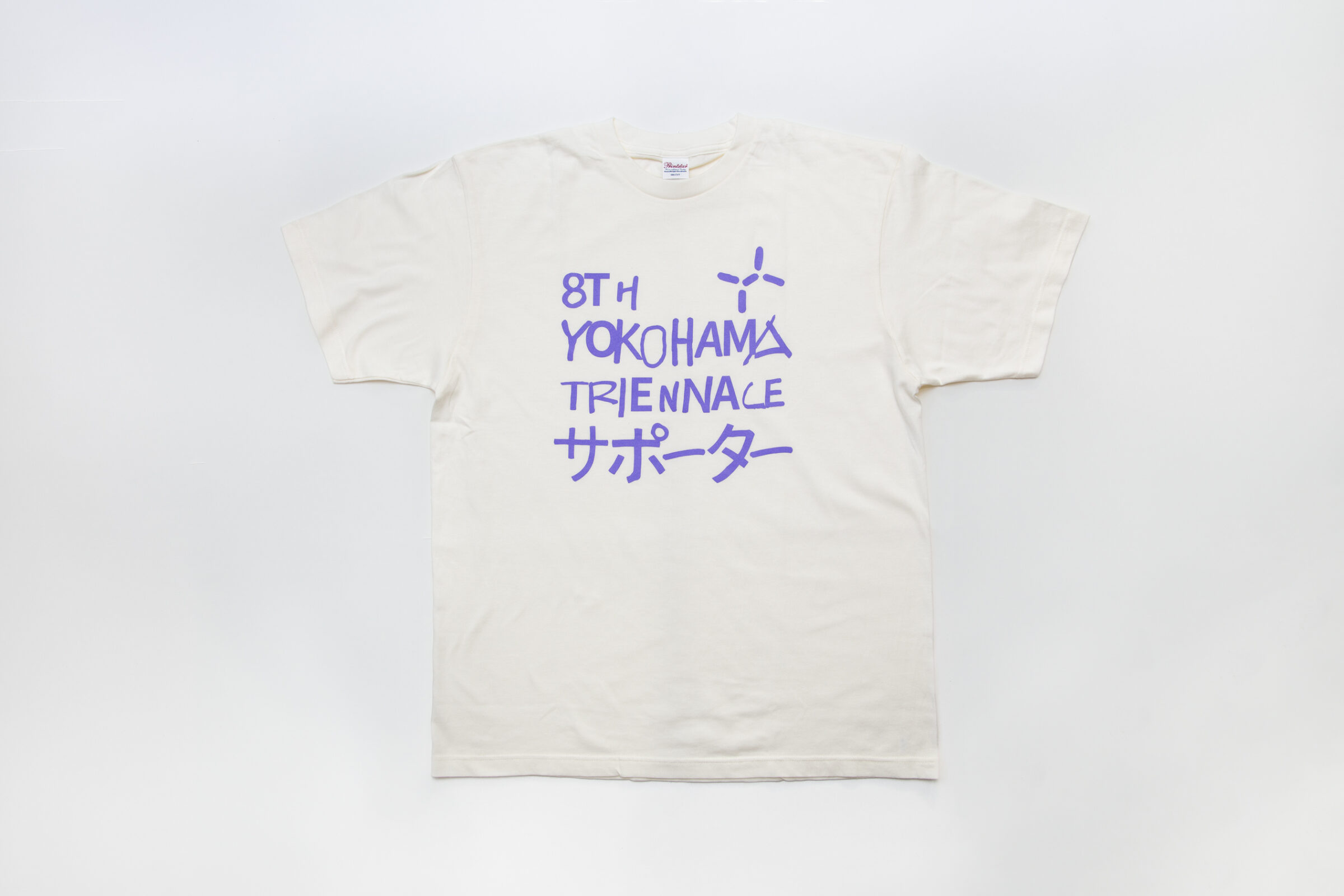
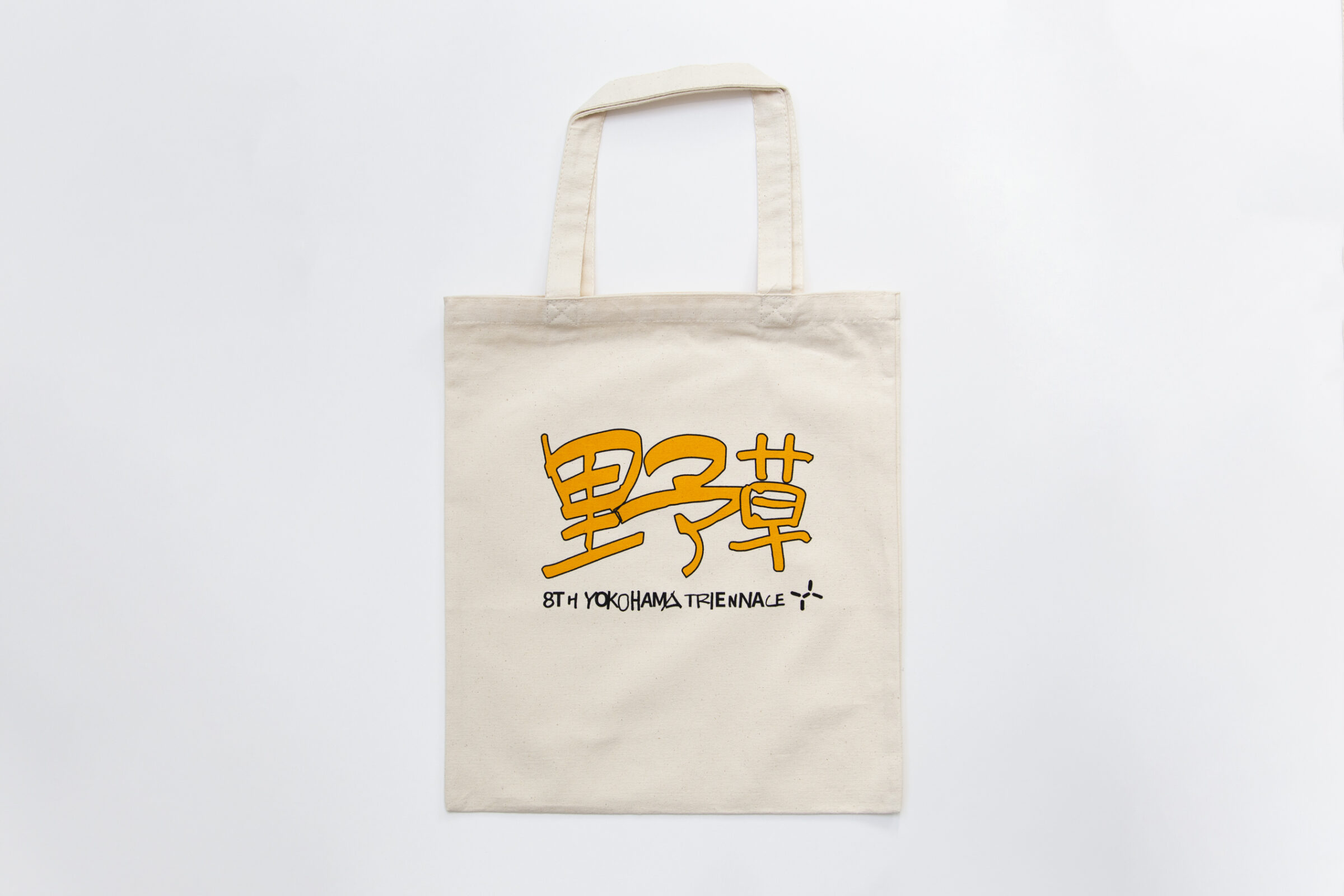
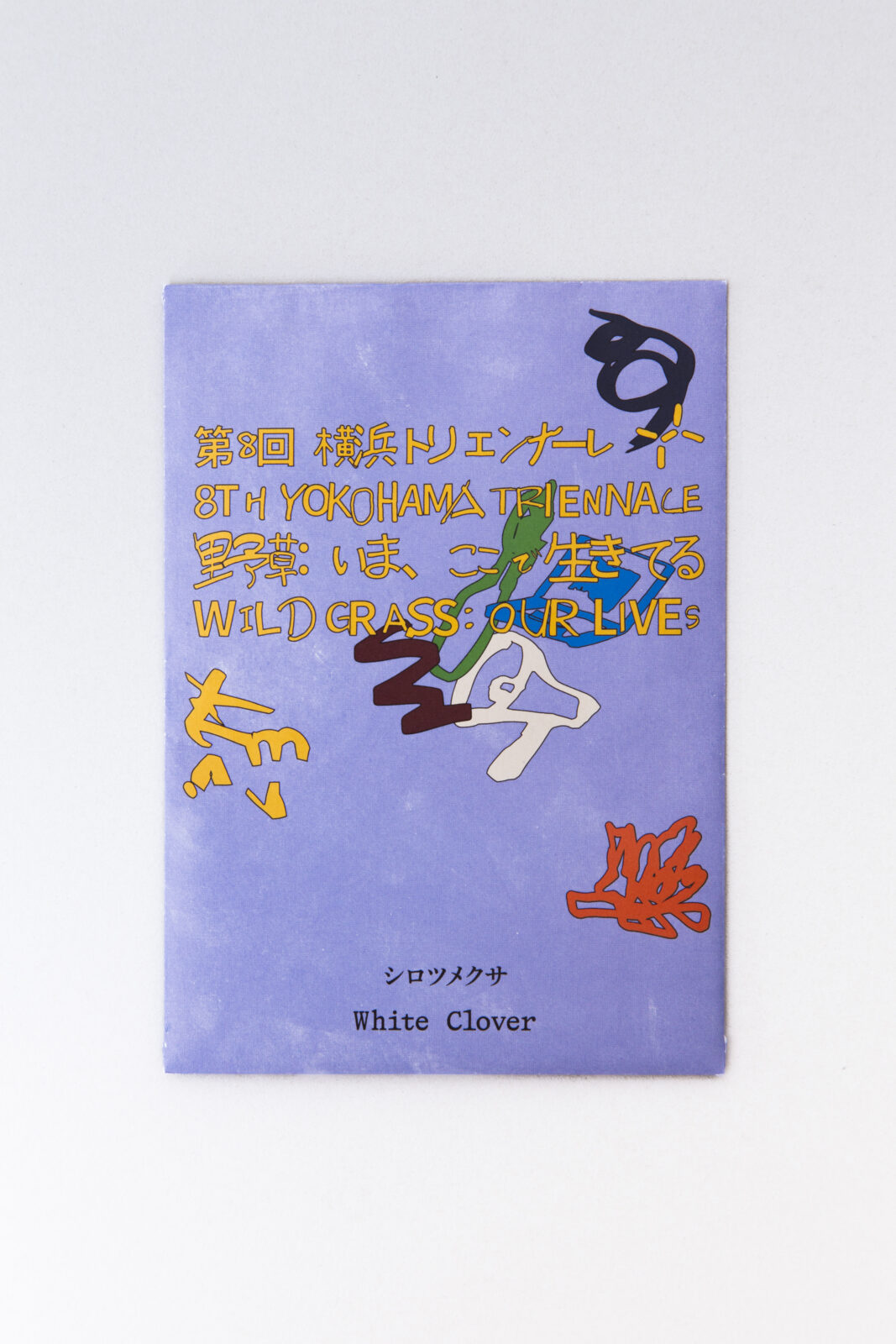
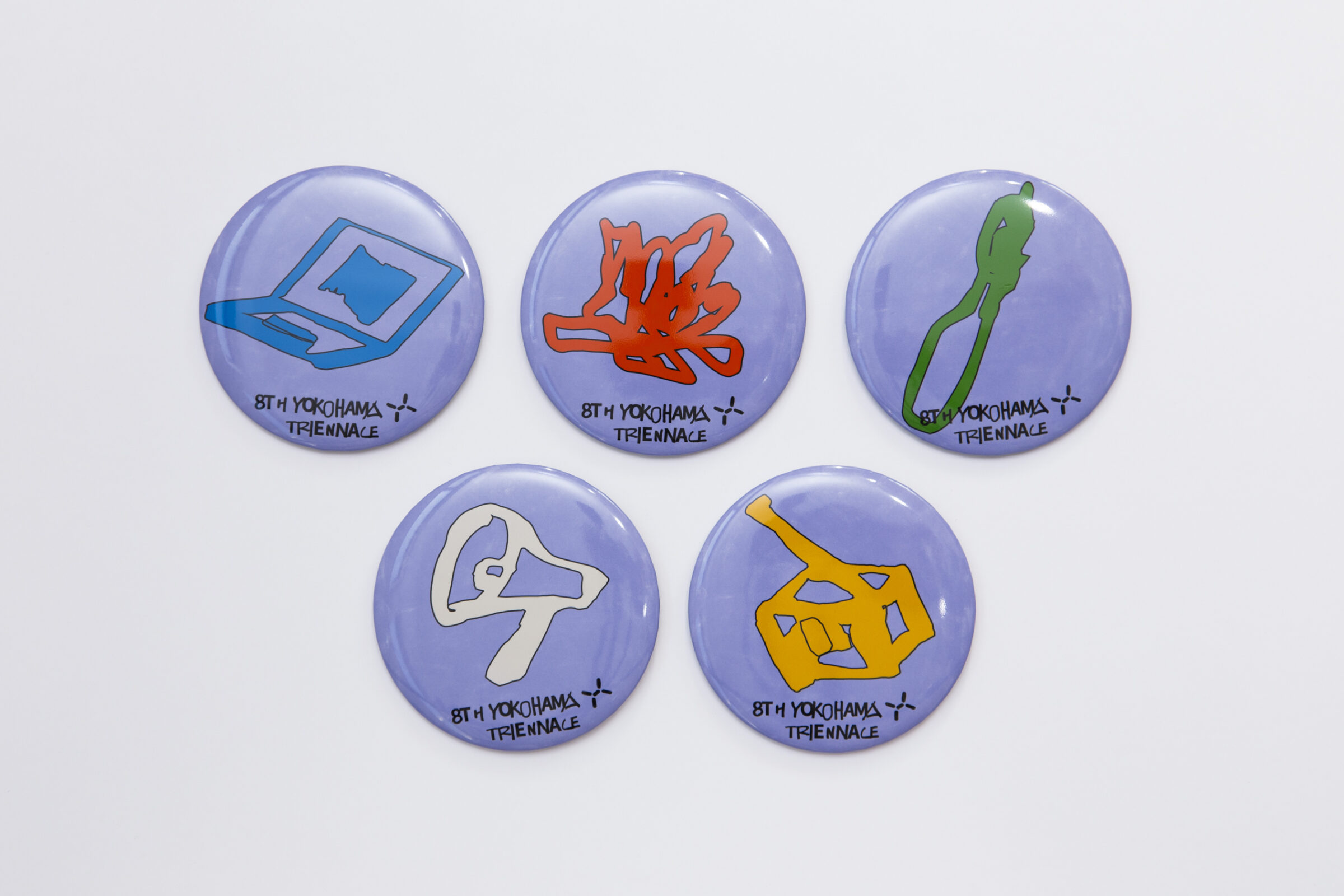
第8回横浜トリエンナーレ
8th Yokohama Triennale
PEOPLE
YAMADA Kazuhiro (Type Designer)
[文字]
第8回横浜トリエンナーレのテーマである「野草」の精神をロゴやタイポグラフィーで表現するにあたり、コンセプトの手がかりを求めて、文字のかたちの歴史を自分なりに勉強するところから始めた。
その中で、中央集権的な存在から支給される標準化された文字のかたちと、そういった規範から逸脱して(あるいはそもそも規範を超越したところで)自然発生的に生まれた、喉や腕の延長線上にあるような身体性を持った文字のかたち、という二つのパラレルな流れがあるように感じた。
規範と逸脱。
「無秩序で抑えがたい、反抗的で自己中心的、いつでもひとりで闘う覚悟のある生命力の象徴」である野草は、明らかに後者だ。
そこで、後者的な文字が前者的な文字にぶつかってそれを凌駕していくようなものを作れないかと考えた。
大国の大企業が全世界的スタンダードとして制作した書体を、横浜市民をはじめとした多様な個人による手書き文字をバリアブルに混ぜ合わせることによって徐々に崩し、生き生きとした様相に変化させていく。
その変化の過程を、モーションロゴと、その動きの一瞬を捉えた静止ロゴの形で表現した。
[背景の色]
魯迅の著作の中で「野草」は、朽ちて土となりそこにあらたな命を宿す生命の絶え間ない循環の喩えでもあり、冬の寒さの中で春をじっと待つ強さの象徴でもある。死と生、絶望と希望、暗闇と光明、それらは単純な二項対立として存在するのではなく、グラデーショナルに混ざり合いながら循環していく状態のいち過程であるという世界観がそこにはある。
第8回横浜トリエンナーレのキーカラーには、夜の暗闇が徐々に明るくなっていく時刻の色を選んだ。
それは同時に、死が生に、絶望が希望に、暗闇が光明に、移り変わる変化の過程を表現している。
[Typography]
When I was looking for conceptual clues to express the spirit of “Wild Grass” in the logo and typography, I started by studying the history of letterforms in my own way.
In the process, I found two parallel streams: standardized letterforms provided by a centralized entity, and spontaneous letterforms created with physical actions as if they were extension of the throat and arms, that deviated from such norms (or transcended them).
Normative or the deviant?
“Wild Grass” as “a symbol of a life force that is unregulated, irrepressible, defiant, self-motivated, and prepared to fight alone at all times” is clearly the latter.
From this point of view, I came up with the idea to create a logo in which the latter type of letterforms would clash with and surpass those of the former.
As the result, I created the motion and still logo, in which the typefaces produced as global standards by a major company in a large country is gradually broken down and transformed into a lively appearance through the variable mixing of handwritten letters by a variety of individuals, including Yokohama citizens.
[Key Color]
In Lu Xun’s writings, “wild grass” is a metaphor for the continuous cycle of life that decays to become soil and then takes on new life, and it is also a symbol of the strengt hthat waits patiently for spring in the cold of winter.
Death and life, despair and hope, darkness and brightness, they do not exist as simple binary oppositions, but as a process of gradational mixing and circulation.
For the key color of the 8th Yokohama Triennale, I chose the color of the time of day when the darkness of night gradually becomes brightness of day.
It also expresses the process of change, from death to life, from despair to hope, and from darkness to brightness.